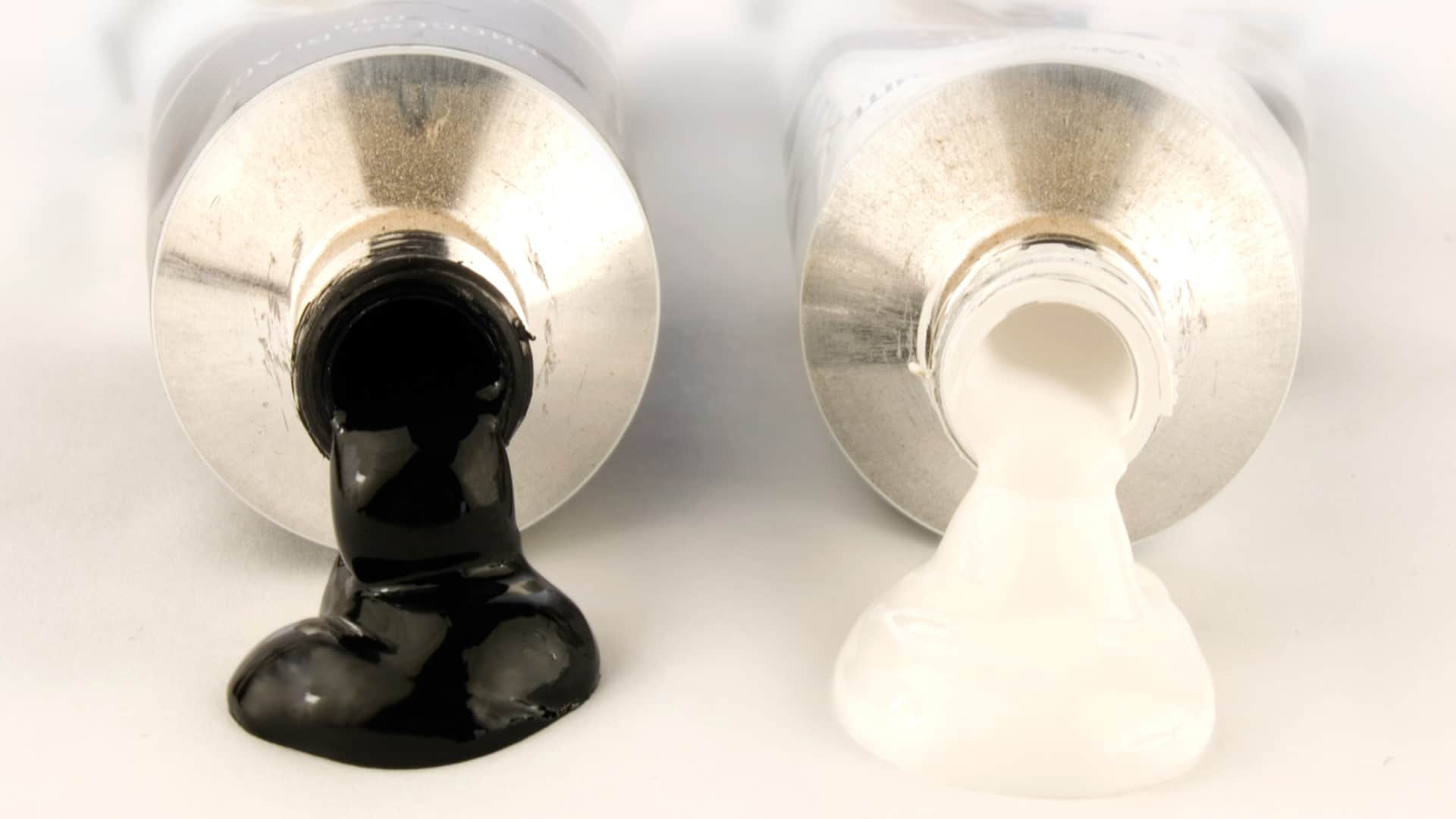
Commonly Confused Words: Beside vs. Besides

Well, it happened again! The English language has thrown another curveball, and it comes in the guise of a simple letter “s” at the end of the word beside. Although beside vs. besides are commonly confused with one another, they are used in very different ways. Let’s gather our notes and make sense of the confusion.

Beside vs. Besides at a Glance
* Beside is a preposition. It describes a location and is used to identify next to or close to.
* Besides can be a preposition (most common) or an adverb. When used as a preposition, it carries the meaning of apart from or in addition to. As an adverb, the word’s meaning changes to another thing, moreover, or furthermore.
What’s the Difference Between Beside and Besides?
Did you know that beside in old English means “by the side of”? So, use beside when you need to put two items next to each other. Use besides when you are making additions to or exceptions from something you are writing about.
When To Use Beside
Whether you are working on a news article or updating your latest blog, it’s quite common to type on your computer and suddenly see the dreaded red line under the word beside. Don’t despair. There is a simple way to remember how to properly use the word because beside allows you to use two nouns in a physical location – side by side. Think of beside as a more formal replacement for “be next to,” and the confusion will instantly vanish. Cookie beside milk, hat beside glove, etc.
Examples of using beside in a sentence:
- Andrew loves to sit beside Rihanna on the bus.
- The tree beside the courthouse looked dead enough to blow over in the wind.
- I always stand my guitar beside my bookcase before bed.
Exception to the Beside Rule: Beside the Point
There is an exception to the rule when using beside, which is the phrase beside the point. The idiom means that something is not relevant to the discussion or that it is unimportant. Although many people say besides the point when they speak, it is incorrect.
Examples of using beside the point in a sentence:
- The tomato plants needed sunlight, but that is beside the point. They needed water more.
- Jillian doesn’t like James, but that is beside the point because she doesn’t like most people.
- Walking on the beach to enjoy the sunshine felt almost beside the point because the wind was so cold.
When To Use Besides
Since besides can be used as an adverb or a preposition, it is commonly confused with beside. Adding an “s” makes the preposition besides mean in addition to and except, and that is why there is so much confusion. When used as an adverb, besides replaces the formal term moreover.
Examples of using besides in a sentence:
- Andrea had three hamsters and two snakes besides. (and)
- Everyone at that party was arrested besides Sammie. (except for)
- Evan had nothing besides a $10 bill. (only)
- When ordering my meal, I could smell the meat cooking and something else besides. (in addition to)
- I can’t exercise today because I lost my hat. Besides, it’s hailing. (furthermore)
- The cabin kept them dry from the pounding rain but not much besides that. (otherwise or else)

Beside vs. Besides Are Opposites
Yes, the English language can be confusing. However, the differences between beside vs. besides are simple if you think of them as opposites. Use beside when you need to put two items together. Use besides when you are making exceptions or adding an exclusion.
If you are still confused about beside vs. besides, please tell us how we can help. Also, if you are trying to figure out any other commonly confused words, let us know in the comments below.
- Commonly Confused Words: Addition vs. Edition - May 26, 2023
- AP Style Time, Dates and Days - May 10, 2023
- Coronavirus AP Style Topical Guide - May 10, 2023


